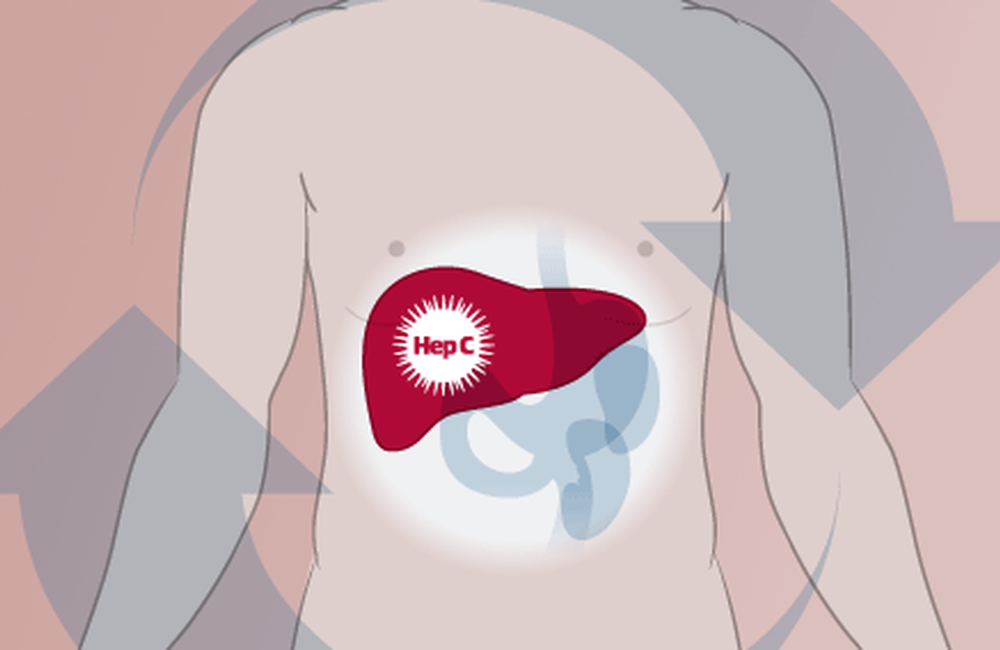
There is a high incidence of hepatitis C virus (HCV) reinfection among gay men living with HIV in London, results of a study published in the online edition of AIDS show. The research involved men with HIV and HCV co-infection, who cleared their primary HCV infection spontaneously or after treatment. Approximately a quarter of study participants were subsequently reinfected with HCV, a small number of men as many as three times. The results were also presented at the 7th International AIDS Society Conference on HIV Pathogenesis, Treatment and Prevention (IAS 2013) in Kuala Lumpur, Malaysia today.
"We recommend directed education and prevention interventions to HIV-positive MSM with HCV infection."
“Our results demonstrate a high risk of HCV re-infection among HIV-positive MSM [men who have sex with men] who are either treated for or who spontaneously clear their initial infection,” write the investigators. “These results emphasize the need for effective sexual education for HIV-positive MSM presenting with primary HCV infection and the implementation of preventative interventions to reduce the risk of re-infection.”
Liver disease is now an important cause of serious illness and death among people with HIV. Much of this liver disease is due to co-infection with HCV. There are well-documented epidemics of sexually transmitted HCV among gay men living with HIV in a number of European cities, the US and Australia. Risk factors for transmission include ulcerative sexually transmitted infections, unprotected anal sex, use of sex toys, fisting and drug use.
A proportion of people clear HCV spontaneously and others are cured with treatment. However, retrospective research in the Netherlands has shown a very high incidence of HCV reinfection among gay men living with HIV.
Investigators at the Chelsea and Westminster Hospital in London wanted to see if reinfection was also occurring among the men in their care. The investigators also wished to see if people who cleared HCV had protective immunity against the infection.
The investigators designed a retrospective study involving gay men with HIV and HCV co-infection who received care between 2004 and 2012. A total of 858 gay men with this co-infection received care at the hospital in this period, and 191 of them cleared HCV infection but were subsequently reinfected with the virus.
Analysis was initially focused on the 145 men who had a documented date of initial HCV infection.
These men contributed a total of 400 person-years of follow-up, with a median follow-up period of 2.1 years. There were 32 reinfections in this group, providing a reinfection rate of 8 per 100 person-years. The incidence of reinfection was 9.6 per 100 person-years among men who had been successfully treated for their primary HCV infection. A quarter of them were reinfected within two years.
There were five reinfections among the 31 people who spontaneously cleared their initial HCV infection, a reinfection rate of 4.2 per 100 person-years. This rate was not significantly lower than that observed among people who had achieved a sustained virological response (SVR, considered a cure) with therapy. The authors therefore believe their results provide “only weak evidence of protective immunity”.
In all, 17 of the 32 men who were reinfected spontaneously cleared or were successfully treated. Over 32 person-years of follow-up, eight of these were reinfected with HCV a second time. This yielded an incidence rate of 23.2 per 100 person-years. The median time to second reinfection was 1.5 years.
Analysis of the entire cohort of 191 people and including those with an uncertain date of primary HCV infection showed that a total of 44 individuals experienced reinfection. The incidence rate was 7.8 per 100 person-years.
Seven men spontaneously cleared their reinfection and 17 men achieved an SVR with a second course of HCV therapy.
However, eight of these patients were reinfected a second time, a second reinfection rate of 15.5 per 100 person-years. Four of these patients experienced spontaneous clearance and three underwent another course of HCV therapy, the results of which are pending. Two of the patients with spontaneous clearance had a third reinfection.
Combining first, second and third reinfections, there were a total of 54 reinfections. Most of these (81%) involved the difficult-to-treat HCV genotypes 1 and 4.
Overall, 20% of patients spontaneously cleared their reinfection. The treatment response rate among patients undergoing therapy for reinfection was 73% for individuals with genotypes 1 and 4 and 100% for genotypes 2 and 3.
“The majority of re-infections were treated in the acute phase of the infection…and SVR rates were consistent with studies treating acute HCV infection in HIV-positive MSM,” explain the authors.
“We recommend enhanced surveillance of patients who have cleared HCV infection to allow the early detection and treatment of any re-infection,” the investigators conclude. “In addition, we recommend directed education and prevention interventions to HIV-positive MSM with HCV infection. Future work will include evaluation of interventions and prospective studies to evaluate further protective immunity in this population.”
Martin TCS et al. HCV reinfection incidence and treatment outcome among HIV-positive MSM in London. AIDS 27, online edition. DOI: 10.1097/QAD.0b013e32836381cc, 2013.
Martin T HCV reinfection among HIV-positive men who have sex with men. 7th IAS Conference on HIV Pathogenesis, Treatment and Prevention, Kuala Lumpur, abstract TUAB0101, July 2013. View the abstract on the IAS conference website.
